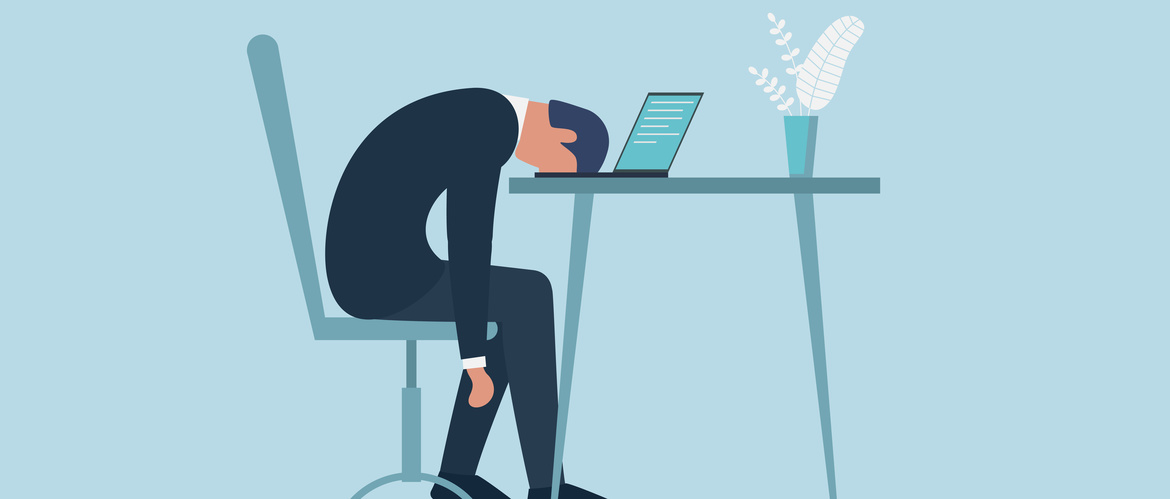
Only 8.5% of men with symptoms of major depression are currently receiving professional support – according to a 2020 survey.1 Traditional concepts of masculinity lead to expression of emotional distress in avoidant, numbing and escape behaviors, and in aggression.2 Can gender-specific screening tools identify depressed men in need of help?
Many men are socialized in a way that portrays vulnerability as weakness.3 So there is a need to enable those in psychological distress to ask for and accept help without compromising their sense of masculinity.4 A recent review of depression and suicide risk emphasizes that men are often reluctant to seek professional health care and suggests the need for gender-sensitive screening and risk assessment.5
Anger, dependency, risk taking, isolation, overwork, and unexplained somatic symptoms may signal depression6
Given the emphasis on integrating physical and mental health,7 opportunistic screening for depression is increasing. And it is recognized that the low rate of depression detected in men is a problem.
Primary care may bypass men
But an initiative on the Swedish island of Gotland suggests tackling it is not easy.8 During the 1980s, a depression and suicide prevention program offered to all GPs led to an overall decrease in morbidity and suicide, and to increased use of antidepressants. But the male suicide rate on Gotland was little affected.
Further initiatives again influenced mostly female suicidality 9; and the reason seemed to be that men at risk were less likely to be in contact with community health services in the first place.6
The difficulty in detecting male depression led Rutz and colleagues to develop the Gotland Scale of Male Depression (GMDS), which includes symptoms such as irritability, anger and alcohol use. The GMDS has been validated as a tool for detecting MDD in men.9 And in a study of Danish men being treated for alcohol dependence, the GMDS revealed a far higher prevalence of MDD (39%) than the Major Depression Inventory (17%).10
The fact that MDD presents differently suggests the need to expand diagnostic awareness and for gender-specific screening
Refining a tailored approach
There is also evidence supporting other self-report scales that capture aspects of depression not covered by traditional measures. But the approach may need refinement.
In one study, 11 only men who adhered strongly to masculine norms were likely to endorse externalizing items such “I got so angry I smashed or punched something”, “alcohol or drugs have helped me feel better”, and “I’ve needed to handle my problems on my own”
A “male depression scale” can in principle capture aspects not included in conventional scales. But, until wide acceptance of the idea, we need traditional skills and tools used to diagnose depression plus increased awareness that in men we have to look out for additional signs and symptoms.
GP : general practitioner
GMDS : Gotland Scale of Male Depression
MDD : Major Depressive Disorder
BE-NOTPR-0102; approval date 11/2021
